Carlsberg Navigates Q1 Challenges Amid U.S. Tariff Uncertainty and Slower China Momentum
Carlsberg A/S $CARL-B.CO, the world’s third-largest brewer, reported on Tuesday what it described as a “solid start” to the year in China, despite subdued sales growth and rising macroeconomic uncertainties. While the Danish brewing giant maintained its full-year guidance, it acknowledged that external pressures—particularly from potential U.S. tariffs—could pose headwinds in the months ahead.
Although Carlsberg continues to benefit from its diversified geographic footprint and premiumization strategy, Q1 figures came in slightly below analysts’ expectations, reflecting a more cautious tone as consumer sentiment and cost structures face growing pressure globally.
Weathering a Volatile Market Environment
Carlsberg’s stability in China—a key growth market—provided some reassurance, especially given the region’s uneven post-pandemic recovery. However, the company signaled that further escalation in global trade tensions could affect both consumer demand and the cost of raw materials, including aluminum, barley, and packaging.
Despite these uncertainties, Carlsberg did not revise its 2024 forecast, underscoring its confidence in strategic levers such as brand expansion and cost efficiencies to support earnings resilience.
Factors That Could Reshape the Year Ahead
US Trade Policies
New or extended tariffs could impact input costs and squeeze margins, particularly in export-driven markets.
Chinese Market Volatility
While showing signs of recovery, China’s beer demand remains sensitive to broader economic shifts and consumer behavior trends.
Raw Material Inflation
Rising commodity prices, particularly for energy and agricultural products, may challenge cost structures in the second half of the year.
Competition from Global Giants
Carlsberg continues to contend with intense rivalry from Anheuser-Busch InBev $ABI.BR and Heineken $HEIA.AS, especially in emerging markets.
Currency Fluctuations
With operations across multiple regions, exchange rate movements may create further volatility in reported earnings.
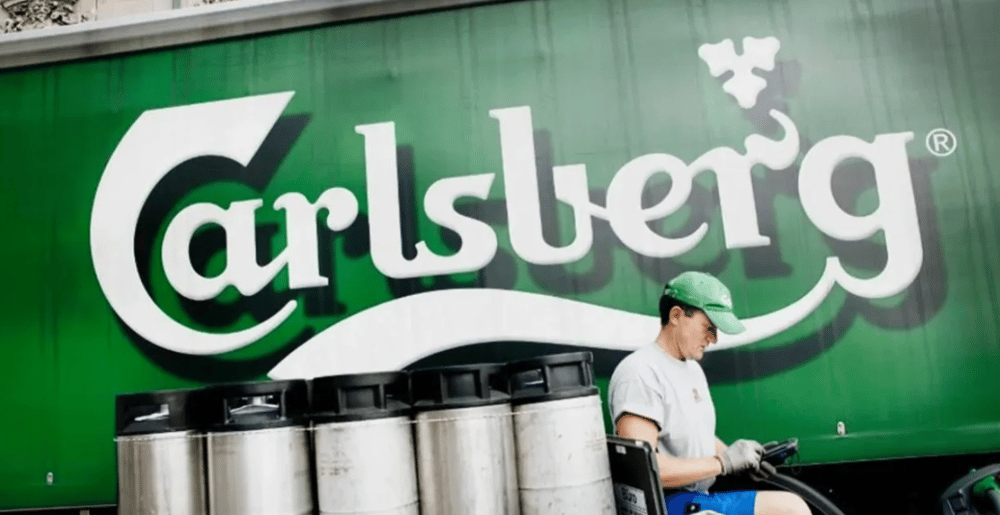
Key Strengths Supporting Stability
Broad International Exposure: Carlsberg’s footprint across Asia, Eastern Europe, and Western Europe acts as a buffer against localized downturns.
Premium Brand Strategy: Continued focus on high-margin beer segments, such as craft and non-alcoholic beverages, enhances profitability.
Operational Efficiency Programs: Ongoing investments in supply chain optimization and digital transformation support cost control.
Resilient Portfolio: A balanced mix of core and premium brands, including flagship labels like Tuborg and Carlsberg, contributes to brand strength.
Sustainability Commitment: Environmental initiatives are increasingly aligned with consumer expectations and regulatory trends, adding strategic value.
Outlook: Holding Course in a Complex Global Market
While Carlsberg’s Q1 performance showed some signs of strain, particularly in sales volume, the company’s overall tone remains measured and forward-looking. Its ability to maintain guidance in a climate marked by inflationary pressure and geopolitical uncertainty speaks to the strength of its long-term planning and brand positioning.
Looking ahead, the company will need to navigate not only the evolving trade landscape but also a dynamic consumer environment shaped by shifting tastes, sustainability concerns, and economic constraints. With industry giants like Anheuser-Busch InBev and Heineken also adapting strategies, competition remains fierce, and execution will be key.




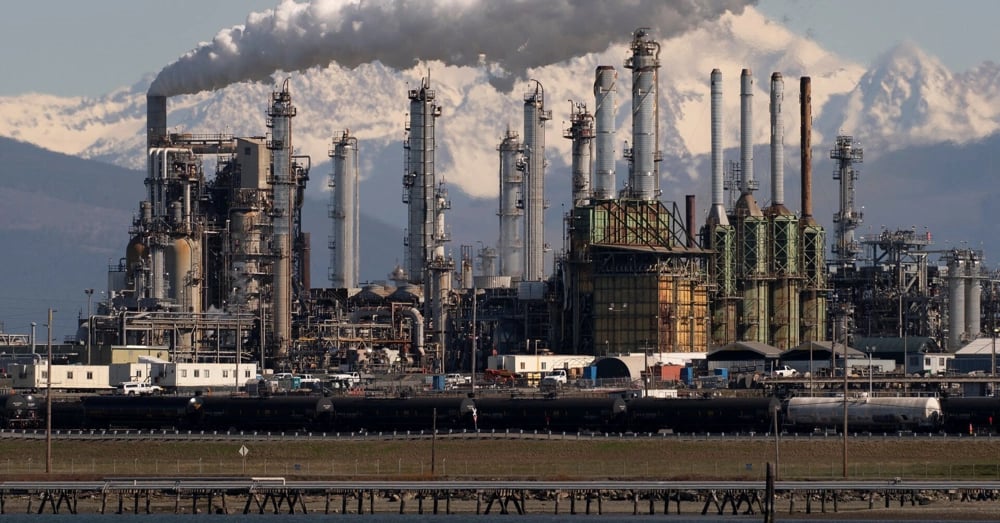




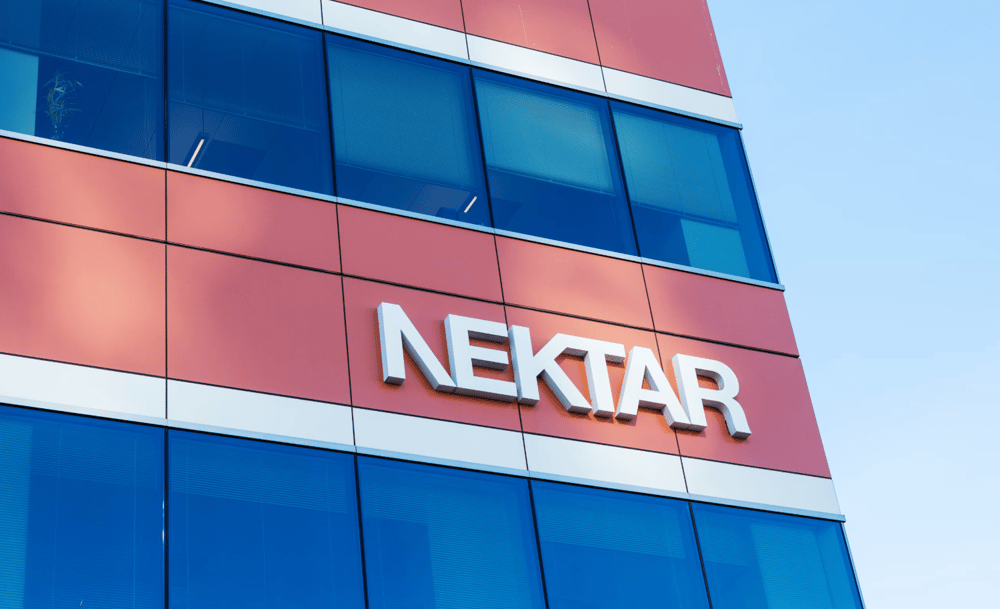
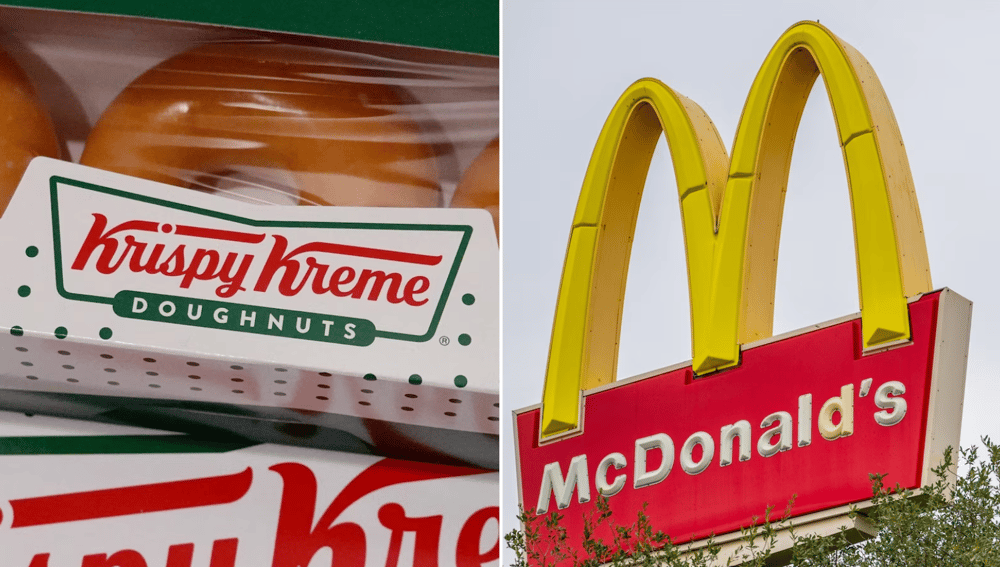
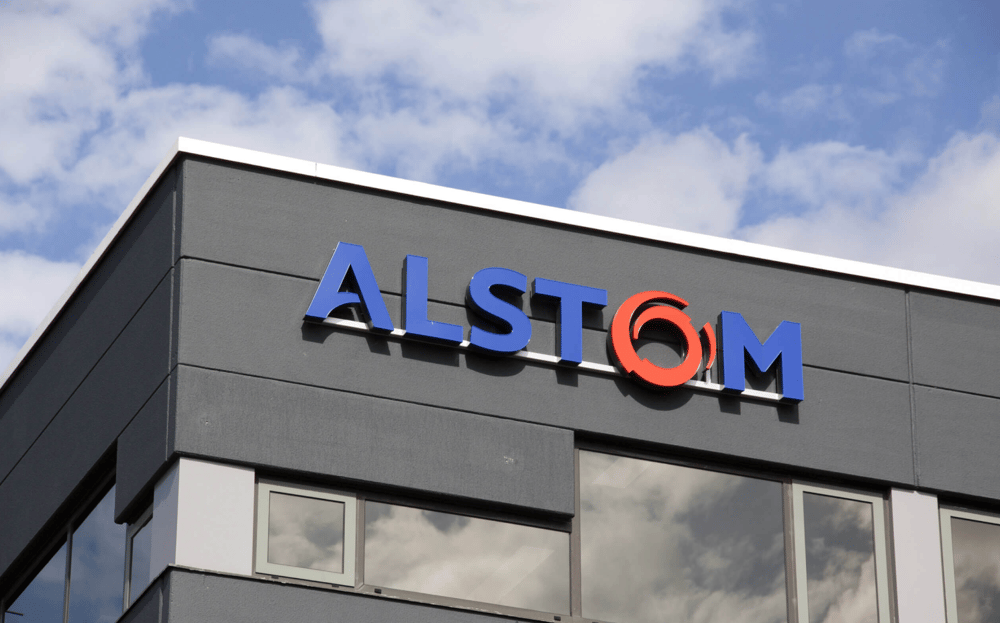
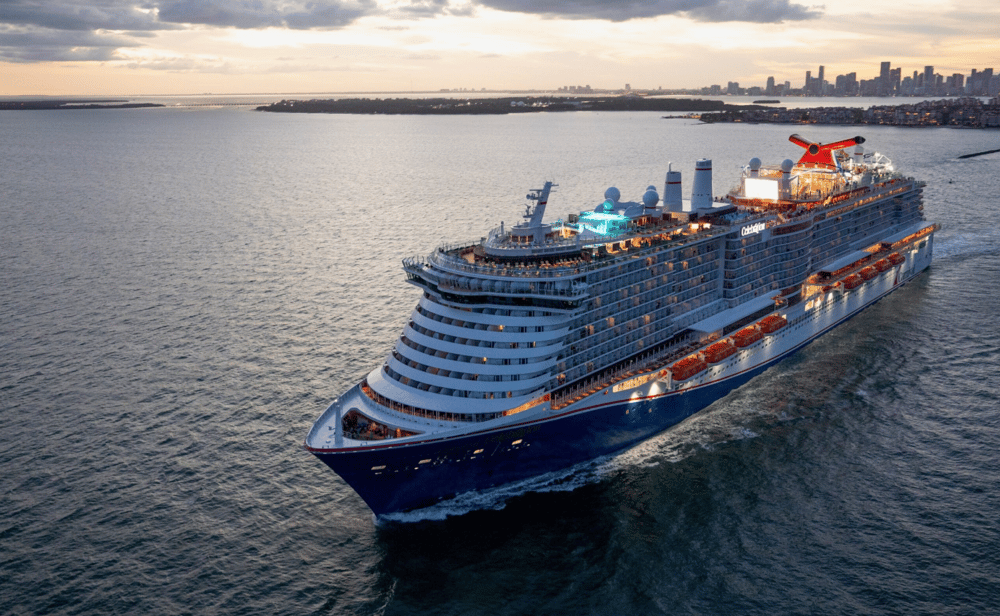
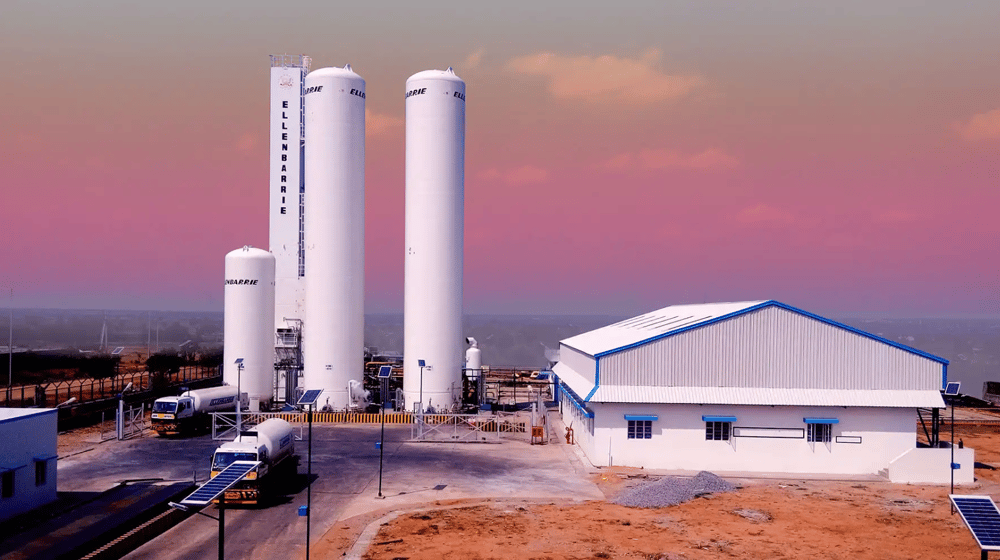

Comments